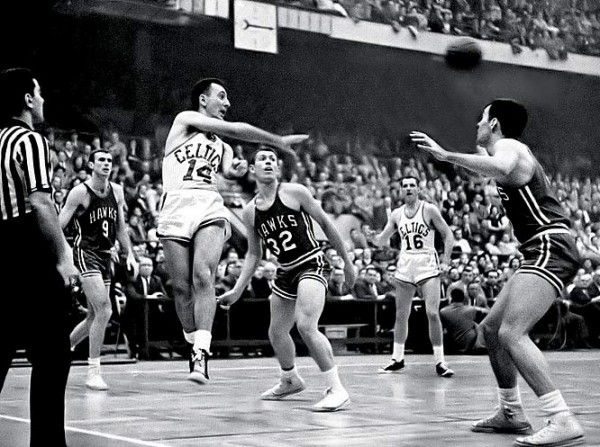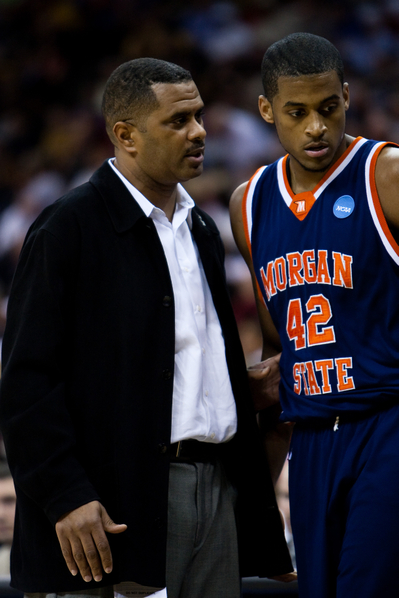Posted by rtmsf on October 14th, 2010

It’s October. The leaves are starting to turn colors. Halloween candy is already in the stores. There have been a few nights where you may have even turned on the heat. Midnight Madness is imminent and RTC is full bore into the 2010-11 Season Preview materials headfirst. For the second October in a row, we’re bringing you our RTC Impact Players series. The braintrust has gone back and forth on this and we’ve finally settled on a group of sixty players throughout ten geographic regions of the country (five starters plus a sixth man) to represent the who and where of players you should be watching this season. Seriously, if you haven’t seen every one of these players ball at least once by the end of February, then you need to figure out a way to get a better television package. As always in a subjective analysis such as this, some of our decisions were difficult; many others were quite easy. What we can say without reservation is that there is great talent in every corner of this nation of ours, and we’ll do our best to excavate it over the next five weeks in this series that will publish on Mondays and Thursdays. Each time, we’ll also provide a list of some of the near-misses as well as the players we considered in each region, but as always, we welcome you guys, our faithful and very knowledgeable readers, to critique us in the comments.
You can find all previous RTC 2010-11 Impact Players posts here.
Deep South Region (GA, FL, AL, MS, LA)

- Chris Warren – Sr, G – Ole Miss. Returning from a torn ACL he suffered just 12 games into his sophomore season in 2008-09, Ole Miss’ Chris Warren had some folks concerned after his first game back last season when he played only 27 minutes, scored just nine points, and struggled with a 3-11 shooting night against Arkansas-Little Rock. Six days later, though, he and his fellow Rebels cruised down to the Puerto Rico Tip-Off in San Juan, where Warren scored 16, 27 and 24 points, respectively, in wins against Indiana and Kansas State and a loss in the final to Villanova. He averaged just under 32 minutes over those three contests and shot a combined 23-45, and, perhaps more importantly, put to bed any remaining fears about the status of that knee. Warren would go on to start all 35 games last year, average 32.9 MPG (tops on his team) and put up only two other single-digit scoring efforts for the whole season. His 17.2 PPG from last season means he’s the second-leading returning scorer in the SEC, trailing only Georgia’s Trey Thompkins by half of a point. When you hear numbers like this, it’s easy to forget that the guy’s doing all this as a 5’10 point guard, another testament to his toughness. Despite his role at the point, ignoring his outside shot isn’t recommended, either; he finished 14th in the nation with 3.4 threes per game, and led the SEC in three-point shooting in league games at 43.8%. Warren’s achievements earned him an all-SEC second team slot last year and we’re certain to see him on the Bob Cousy Award nominee list (again), and wouldn’t be surprised to see him as a finalist. If Mississippi is to return to the NCAA Tournament for the first time in nine years, head coach Andy Kennedy will need that kind of final season from his floor leader.

You May Not Yet Know Thompkins, But You Will
- Trey Thompkins – Jr, F – Georgia. After toiling behind Florida and Kentucky for years in the SEC, Mark Fox has the Bulldogs poised for a resurgence. While many Georgia fans are focused on the recruitment of Kentavious Caldwell and Julian Royal this year, Thompkins along with Travis Leslie (below) could lead the Bulldogs back to the NCAA Tournament. After an exceptional sophomore season where he averaged 17.7 PPG and 8.3 RPG and briefly considered leaving Athens to enter the NBA Draft, Thompkins has a legitimate chance at being a 20/10 player this year, which is something that only Artsiom Parakhouski and Omar Samhan did last year and neither Radford nor St. Mary’s play in the SEC. Most NBA Draft experts already had Thompkins pegged as a borderline first round pick after last season and he should only improve on that as he continues to refine his game. With his combination of a solid outside game to match a developing inside game Thompkins has more than made up for his primary weakness—his relative lack of explosiveness—to become one of the top power forwards in the country. Unfortunately that was hidden from most of the country as the Bulldogs were buried on regional coverage as they managed a meager five SEC wins last season. If Leslie learns to translate some of that athleticism into a more complete overall game and Fox is able to get production out of freshman Marcus Thornton and transfer Gerald Robinson, the Bulldogs could be in the second tier of SEC teams this year just being UF and UK, but still in the spotlight enough that we get to see much more of Thompkins. Although you will probably see more of Leslie on ESPN’s highlight reel-laden recaps on television, if you look at the box score you will end up seeing that it is more likely that Thompkins did the majority of the hard work. Now that Patrick Patterson and DeMarcus Cousins have left Kentucky, Thompkins should be the top inside player in the SEC (at least until the NCAA figures out what to do with Enes Kanter) and has a chance to contend for SEC Player of the Year.
Read the rest of this entry »
| 2010-11 Season Preview, impact players
| Tagged: alabama, anatoly bose, auburn, bethune-cookman, chandler parsons, chris singleton, chris warren, cj reed, dee bost, durand scott, erving walker, florida, florida atlantic, florida st, frankie sullivan, gary flowers, georgia, georgia tech, greg gantt, gus gilchrist, iman shumpert, jackson st, jamychal green, kennesaw st, kenny boynton, markeith cummings, miami (fl), mississippi st, nicholls st, ole miss, ravern johnson, ray taylor, renardo sidney, south alabama, south florida, southern mississippi, tim williams, travis leslie, trey thompkins, tyrone hanson
Share this story

















































